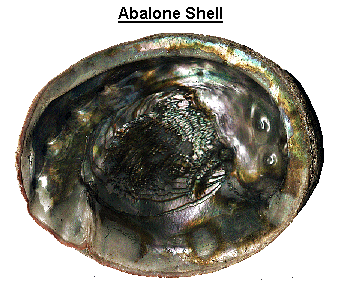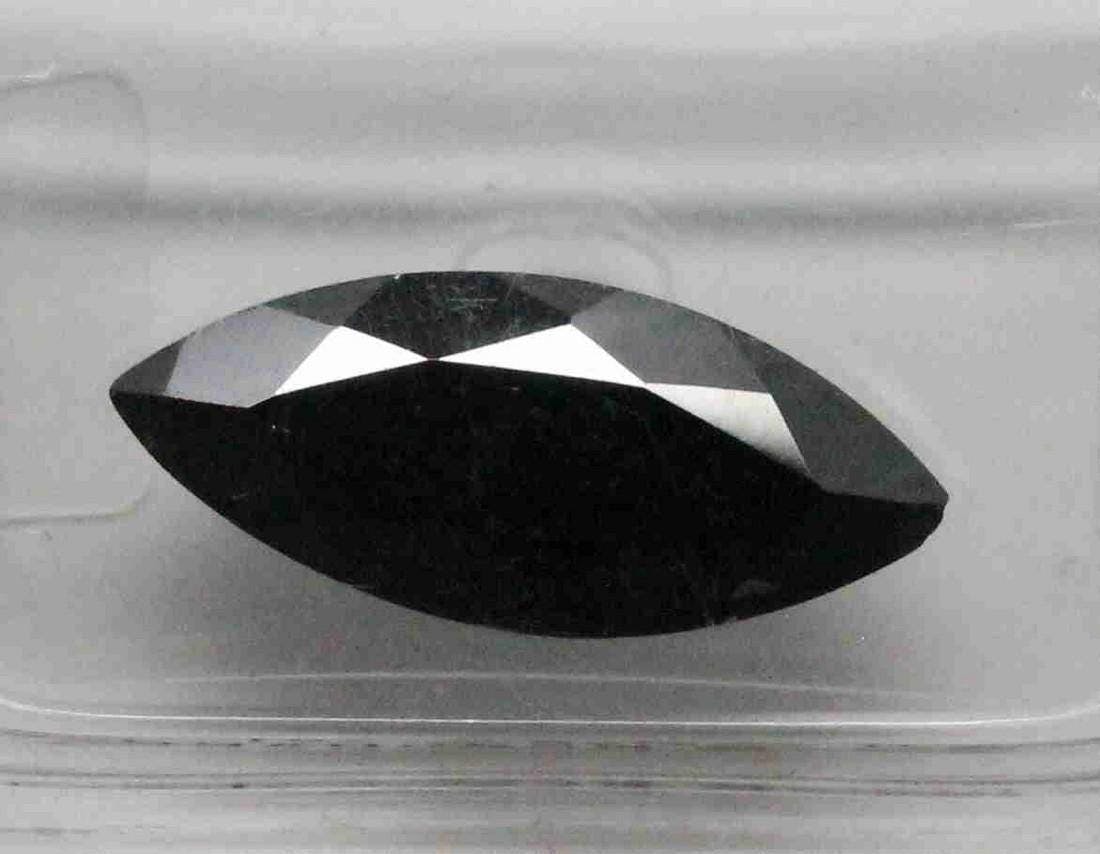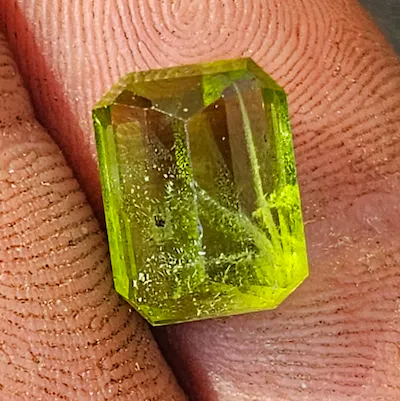News
Ancient Decorations: Shells and Sea Shells
Ancient Decorations: Shells and Sea Shells. Sea shells have been used as decorations by our ancestors since prehistoric times, and their timeless appeal continues to this day. People have been stringing them into necklaces or hanging them from cords as pendants for centuries. Shells are often transformed into hishi beads through a simple process involving cutting, drilling, and shaping, resulting in round, colorful beads. Additionally, shells are used to create cabochons, inlay designs, and eye-like cabochons called operculum. The mother of pearl found inside shells, especially in pearl-producing oysters and mussels, is highly valued for its iridescence. Among the most colorful shells is the Paua shell, known for its vibrant greens, pinks, purples, blues, and even gold or crimson tones. While shell cameos are often imitated by plastic counterparts, natural shell can be identified through its unique features and the use of destructive tests if necessary. However, caution should be exercised when working with shells due to their toxic dust.
Shells and Sea Shells
Sea shells have been used as decorations for centuries. Our ancient ancestors used to string them into necklaces or hang them from cords as pendants, and people still use them this way today. Sea shells have a timeless beauty that continues to captivate us.
Ancient Use of Shells
One of the earliest uses of sea shells was in the creation of necklaces and pendants. Our prehistoric ancestors would string shells together to create stunning pieces of jewelry. This tradition has been passed down through the generations, and shells are still used to make beautiful necklaces and pendants today.
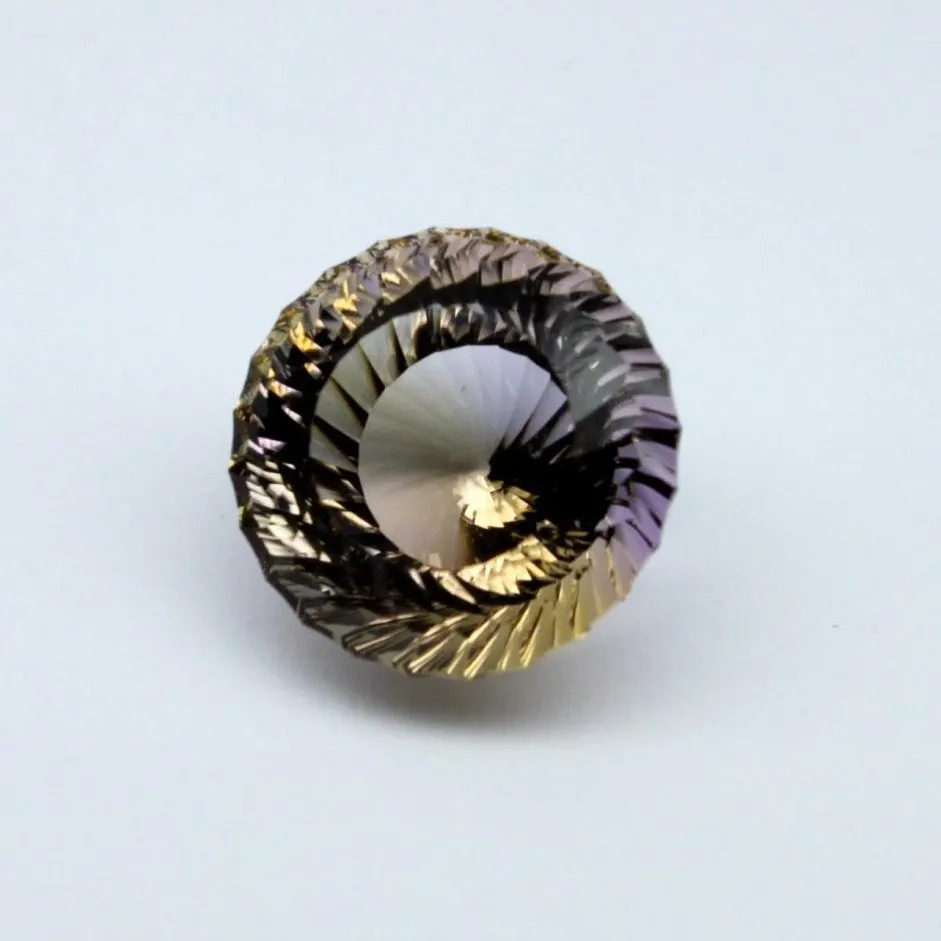
Hishi Beads
Hishi beads are another popular use for sea shells. This process is commonly done on beaches around the world, especially in the Philippines where most commercial hishi beads come from. The shells are cut into squares and a hole is drilled in the center. They are then strung on a wire and shaped into round beads using a fine abrasive. Hishi beads come in a wide variety of colors and sizes, and they are very affordable.
Shells Cut into Cabochons and Used for Inlay
Some shells are cut into cabochons or used for inlay. One unique type of shell used for cabochons is the operculum. The operculum produces an eye-like cabochon and adds a distinctive touch to jewelry pieces. Mother of pearl, which is the iridescent layer found on the inside of shells, is often used for inlay work. Mother of pearl is composed of alternating layers of aragonite and conchiolin, creating a pearly luster and usually good to high iridescence.
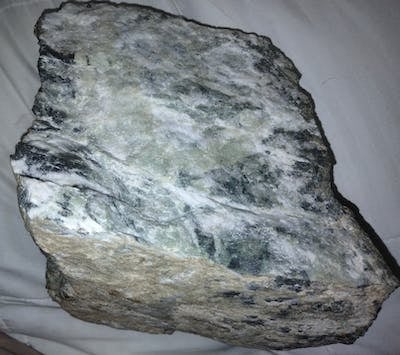
Popular Sources of Mother of Pearl
The most common sources of mother of pearl are pearl-producing oysters and mussels. These shells are widely used in the jewelry industry, and it is often difficult to distinguish which shell the mother of pearl came from. However, the beauty of the mother of pearl remains consistent regardless of the shell it is derived from.
Abalone with High Orient
Abalone shells are known for their exceptionally high orient, which is the shimmering effect produced by the iridescent layers. The Paua varieties of abalone found in New Zealand are particularly popular due to their vibrant colors. Paua shells can display shades of green, pink, purple, blue, and even gold or crimson toning. They are highly sought after for their unique beauty.

Dyeing and Coloring of Mother of Pearl
Mother of pearl can be used in its natural form, but it is also frequently dyed to enhance its colors. When examining a piece of dyed mother of pearl, it is important to check for dye concentrations using magnification. If the dye is concentrated, it may affect the overall value and durability of the piece.
Cameos from Different Shell Varieties
Cameos are often carved from shells such as helmet shells, conch shells, orange cassis rufa, and cassis madagascariensis from Madagascar. These shells have a mother of pearl lining that adds depth and beauty to the carved designs. While the cabochons themselves may not hold much value, the skillful carving work can greatly increase the value of a cameo piece. It is important to be able to identify natural shells from plastic imitations, as plastic cameos may feel warm to the touch and show mold marks. Additionally, a hot point test can be used to distinguish between natural shell and plastic imitations.
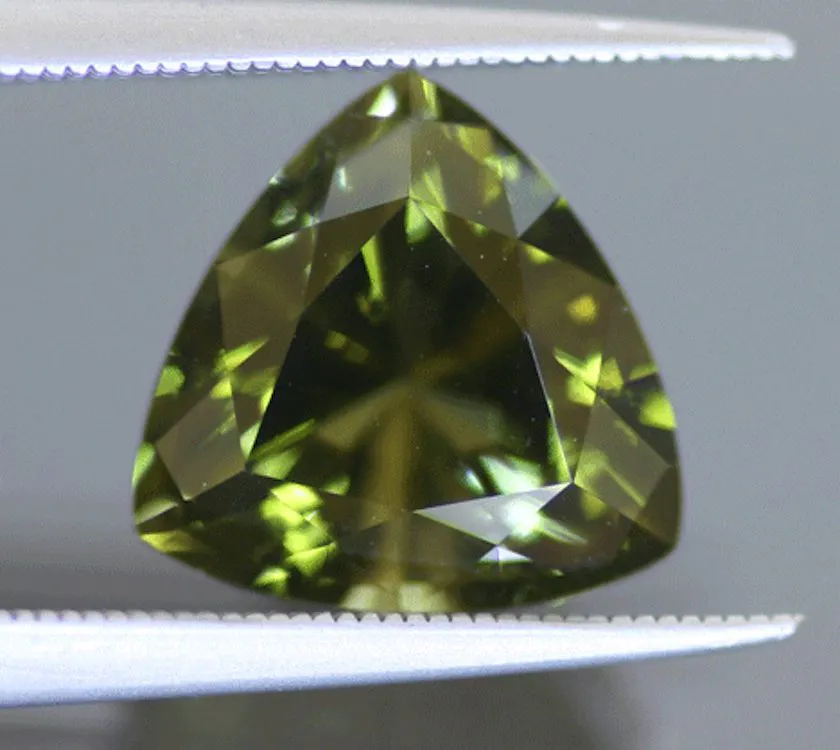
Caution in Working with Shells
Working with shells can be hazardous due to the toxicity of shell dust. It is crucial to keep the shells wet or wear a dust mask to prevent inhalation of the toxic particles. Taking proper precautions when handling shells ensures the safety of the gemologist and helps maintain the integrity of the shells.
Identifying Characteristics of Shells
Different types of shells have distinct identifying characteristics. Abalone shells exhibit exceptionally high iridescence and come in various dark body colors. Conch shells have pink to orange coloring with a flame-like structure. Helmet shells have a straight fibrous structure and a concave back. When used for cameos, the helmet shell shows two visible color layers: white and orange or brown. Mother of pearl has a pearly luster and usually good to high iridescence. Operculum shells have eye-like markings on the front and a spiral growth pattern on the back.
Sea shells have been used for centuries for their beauty and versatility. Whether in the form of necklaces, pendants, beads, cabochons, inlays, or cameos, shells continue to inspire and captivate us. However, it is important to take caution when working with shells to ensure safety and prevent potential health hazards. The identification of different shell varieties and their characteristics adds depth and value to jewelry pieces. So next time you come across a sea shell, take a moment to appreciate its timeless beauty and the ancient traditions it represents.


